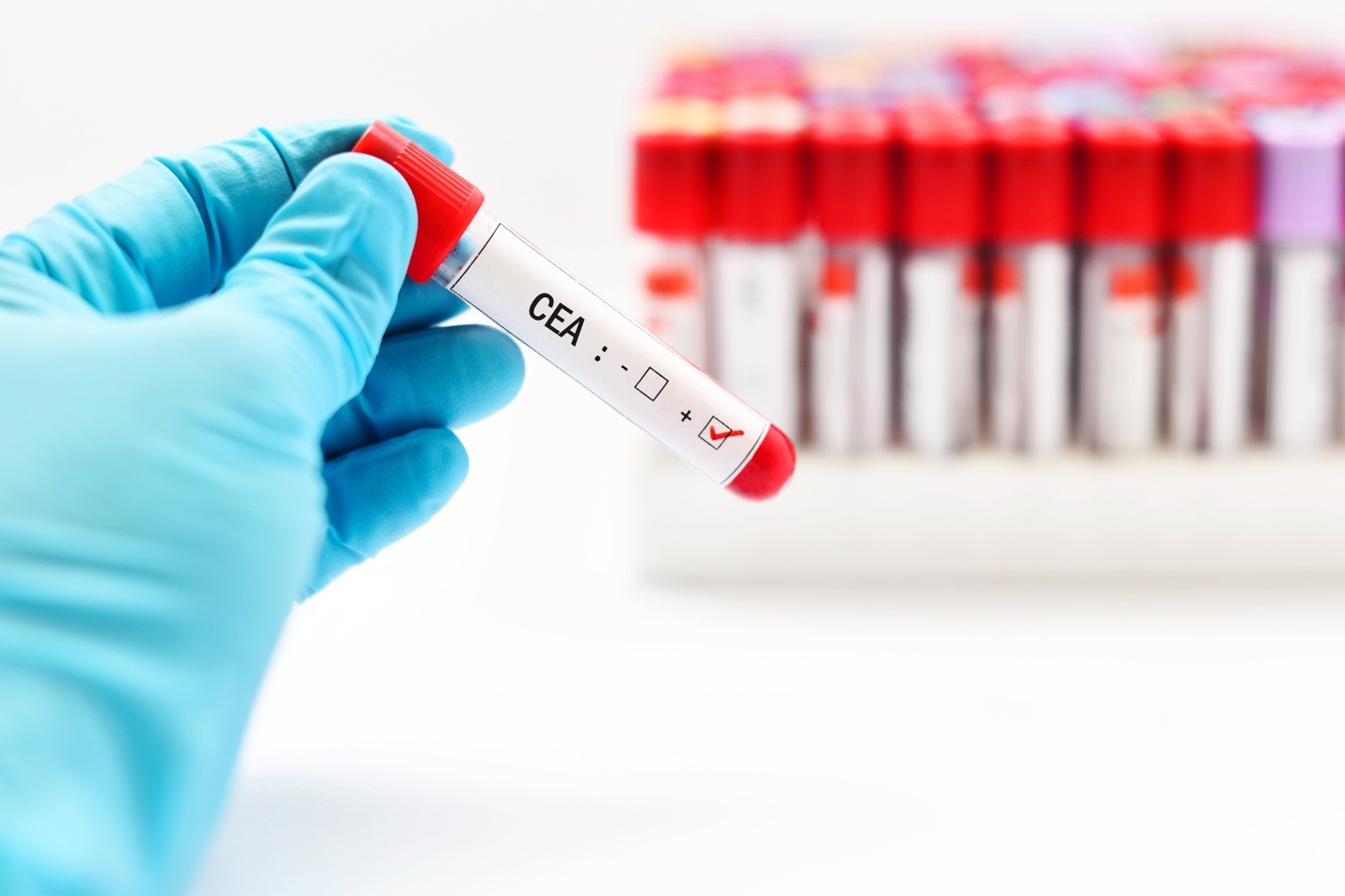Preventive Healthcare
What is a CEA Test?: Normal Levels and Results

Table of Contents
CEA, or carcinoembryonic antigen test, is a blood test that helps doctors detect the traces of cancer in someone’s body. It is a type of protein that gradually decreases or disappears after birth. It is found only in the tissue of a baby in the womb. The normal levels of CEA in blood should range between 0 and 2.5 µg/ml. Those who smoke have higher CEA levels. This is why doctors suggest avoiding smoking for a few days before taking a blood sample.
However, the carcinoembryonic antigen test is not a screening test for cancer diseases. Doctors recommend it to assess if cancer has regenerated in the body. CEA is a glycoprotein found in the blood. Additional sugar in this protein results from cancerous cells. The CEA test was first performed during the treatment of colorectal cancer. Health professionals state that we are born with a high amount of this glycoprotein in our blood. It slowly reduces with time, but some health issues can elevate CET levels again.
Some cancer cells generate and exude bodily liquids that doctors refer to as tumour markers or antigens. CEA is one such antigen. Even though some healthy cells also shed tumour markers, the levels are low. This is why those antigens can’t be counted as abnormal.
Need for Carcinoembryonic Antigen Test
As discussed earlier, high CEA levels don’t specify whether you have cancer or not. Doctors suggest this test for those who have already been diagnosed with any type of cancer. The CEA test is mainly used to detect the recurrence of colorectal cancer. Some other cancer types with higher CEA are pancreatic cancer, lung cancer, breast cancer, ovarian cancer, and thyroid cancer.
It can also be described as a medical examination that involves the assessment of a patient's response to treatment. In addition to the blood test, it may also include imaging and a physical check-up. Now let’s understand the kind of information a CEA test provides for a patient.
Healthcare professionals need a CEA blood test report for the following purposes:
- To see if cancer has spread to different body parts.
- To examine the impact of specific cancer treatments or therapies.
- To help doctors with a suggestive treatment plan for cancer after diagnosis.
- To ensure that cancer has completely disappeared from the body after completing radiotherapy or chemotherapy.
- To understand the present state of ECA levels before, during, or after surgery or treatment.
You must know that increased CEA levels in the blood after 4-6 weeks of therapy should not be considered a recurrence or failure of the treatment. Moreover, several cases of cancer may require frequent CEA tests. Your physician will decide the timing and frequency of this test.
Blood Test for CEA Levels—How Does The Process Work?
The carcinoembryonic antigen test is a simple blood test. A lab professional will take a blood sample from your veins. Then specialists will evaluate the presence of CEA in your blood for the potential presence of cancerous cells. In some rare cases, the sample is collected from the chest or lower back.
The latter option is considered when doctors need to test the fluids from the abdominal wall (peritoneal fluid) and spinal cord (cerebrospinal fluid or CSF). Your physician might ask you to stop smoking for a few days before the CEA test. In some cases, they also prohibit the consumption of aspirin or other supplements that result in bleeding.
What to Expect During and After CEA Blood Test?
Like with any regular blood test, lab professionals take blood samples from the veins in one of your arms for a CEA test. It is a completely harmless process. However, the process of collecting fluid samples from other body parts is slightly different. Lab professionals use local anaesthesia on the lower back or chest. Then they use an X-ray machine to move the syringe in the right direction. It takes 10-15 minutes to collect fluids using this method.
These tests are generally safe. You might feel pain, blood loss, discomfort, or infection in the affected area for a few minutes.
Results of The CEA Test with Respect to Normal Levels
CEA test results provide helpful insights into cancer and its effective treatment. The normal level of CEA is 0-2.5 µg/ml. The amount of glycoprotein is measured by a unit of nanograms per millilitre. Here’s what low and high CEA levels say about your health:
- Low CEA indicates that the tumour is benign and hasn’t reached other parts of the body. In some cases, physicians use MRI to test the disease because brain cancer shows lower CEA.
- High CEA levels indicate that the tumour is large and is spreading to other parts of the body as well. However, it doesn’t assess the state of cancer.
When tested multiple times, lower CEA levels can also mean that your cancer treatment is effective. You should know that different labs have different parameters for normal levels of CEA. Some physicians consider 0-2.5 µg/ml as the standard threshold, whereas some labs add 2.9 µg/ml as the threshold. Since CEA is not a screening test for cancer, higher carcinoembryonic antigen levels don’t always mean that you have cancer.
Some lifestyle habits, such as smoking, can also result in higher CEA. Besides, some non-cancerous health conditions also show increased CEA in the body. Diabetes, gastritis, gallstones, stomach ulcers, haemorrhoids, and inflammatory bowel disease are some of the issues that cause more CEA in the blood.
Conclusion
The CEA test is advised by physicians to check whether cancer has returned to the body. Its results don’t always mean that you have cancer if you haven’t been diagnosed with cancer before. Since it is an essential part of cancer treatment, you should look for a reliable health provider with experienced lab specialists.

























